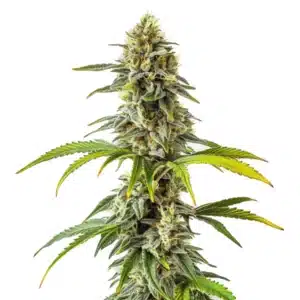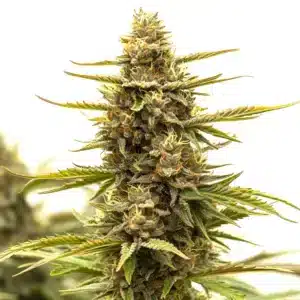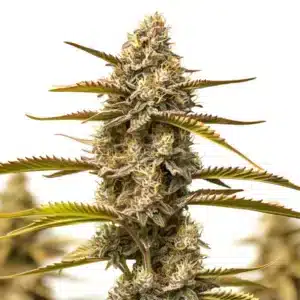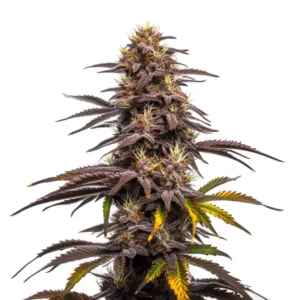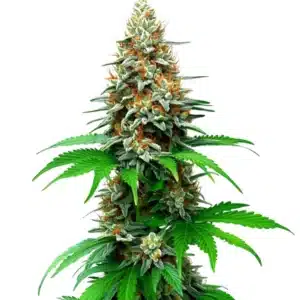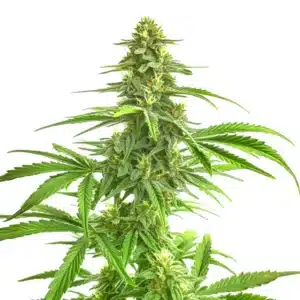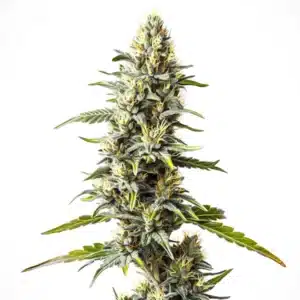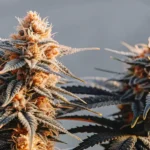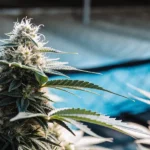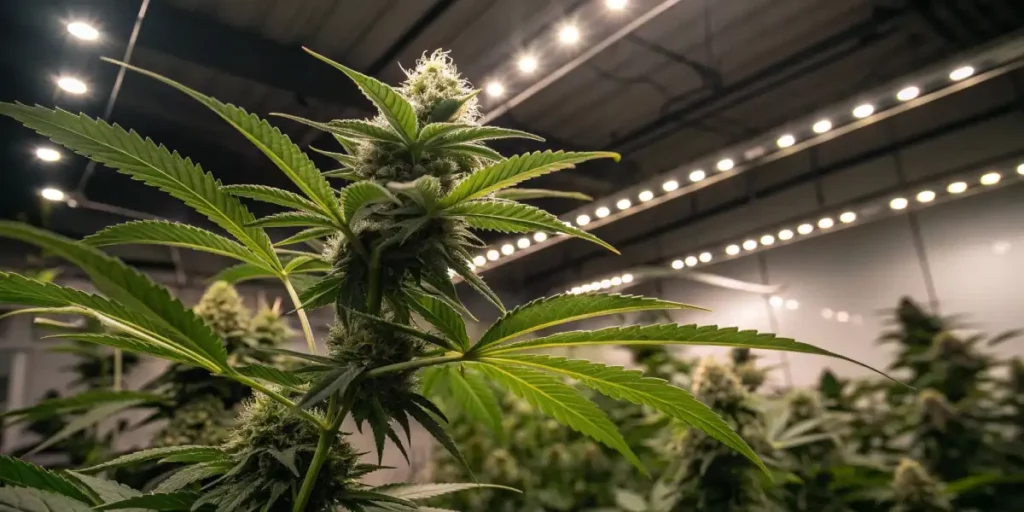
Demystifying Cannabis Trichome Types
Trichome Cannabispflanze are small, crystal-like glands found on cannabis plants that are responsible for producing and holding essential compounds like THC, CBD, and aromatic terpenes. These shimmering structures, often giving the buds and leaves a frosty appearance, play a vital role in the plant’s natural defense system and are key to the distinctive scents, flavors, and effects that define each cannabis strain.
When it comes to growing cannabis, knowing about trichome varieties is crucial. These tiny, resinous glands play a significant part in the plant’s potency, flavor, and medicinal properties. Trichomes are the microscopic, crystal-like structures that cover the cannabis bud, giving it a frosty coating and sticky feel.
Recommended Strains
Cream Auto
|
|
THC | 16% - 18% (Medium) |
|
|
Type | Autoflowering |
|
|
Yield | Medium |
|
|
Phenotype | 70% Indica / 30% Sativa |
CBD Cream Cheese (1:1)
|
|
CBD | 18% – 22% (High) |
|
|
Type | CBD Feminized |
|
|
Yield | Medium |
|
|
Phenotype | 45% Indica / 55% Sativa |
Crucially, trichomes produce cannabinoids, the active compounds in cannabis like THC and CBD. Now,
Bulbous Trichomes
First are the bulbous trichomes. These are small, round, and almost invisible to the naked eye. Despite their size, bulbous trichomes are packed with essential oils and cannabinoids, contributing to the plant’s overall effect. Strains like Cream Caramel are known for high THC levels, attributable to the abundance of all trichome types.
Promos & Deals
Capitate-Sessile Trichomes
Next, we have the capitate-sessile trichomes. They are larger and more abundant than bulbous ones. They have a complex structure, consisting of a stalk and a head, and are rich in cannabinoids and essential oils. The Wombat strain is a great example, showcasing a generous amount of these trichomes. They are vital in the plant’s defense mechanism and are responsible for producing the plant’s unique cannabinoids and terpenes.
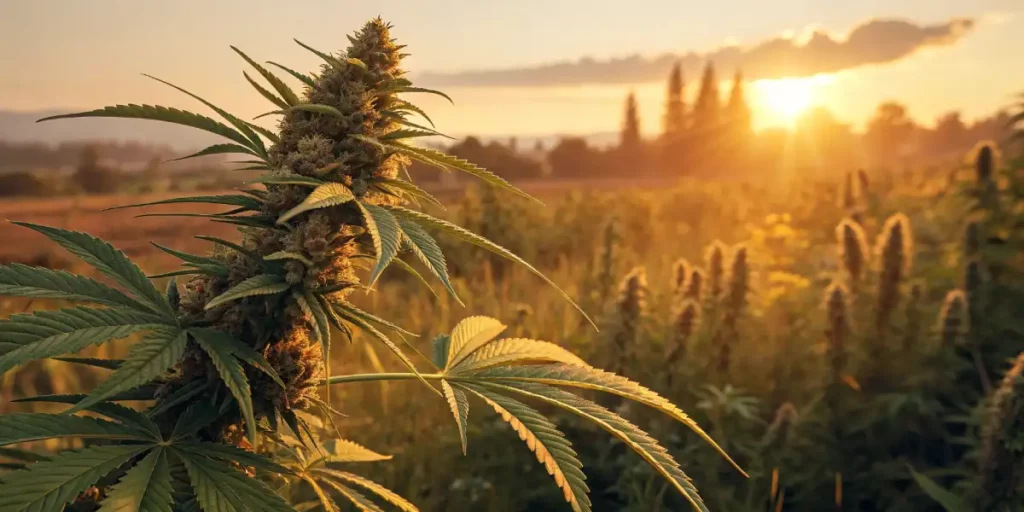
Capitate-Stalked Trichomes
Finally, you have the capitate-stalked trichomes. These are the largest of the types and are visible to the naked eye. They have a stalk and a glandular head, which is where the main production of cannabinoids and terpenes occurs. Strains like Gelato are rich in these trichomes, contributing to their high THC content.
These are often considered the most valuable trichomes due to their larger size and higher concentration of cannabinoids and terpenes. As the plant matures, these trichomes transition from a clear to a cloudy or amber color, indicating the best time for harvest.
Trichome Preservation: Indoor vs. Outdoor
The growing environment plays a big role in how many trichomes remain on the final product. Indoor grows have a significant advantage in this regard. Because the plants are protected from the elements, many more of the delicate trichomes stay attached to the flowers. In an outdoor environment, factors like strong wind, rain, and storms can physically knock trichomes off the plant, potentially reducing the overall potency and aroma of the harvest.
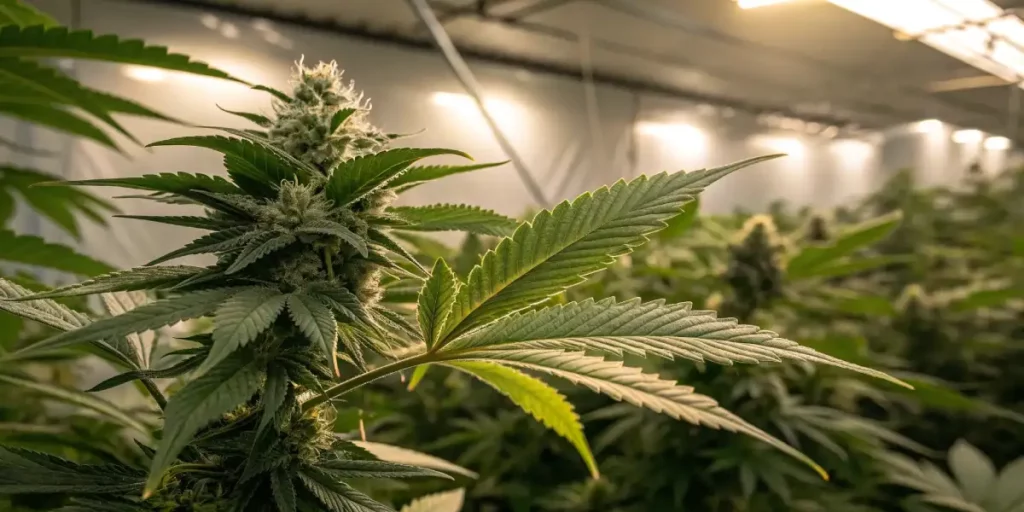
FAQs
What are the different types of cannabis trichomes?
There are three main types: Bulbous (smallest), Capitate-Sessile (medium-sized, with a stalk and head), and Capitate-Stalked (largest, most abundant, and visible to the naked eye). The capitate-stalked trichomes produce the most cannabinoids and terpenes.
What is the function of different cannabis trichome types?
Trichomes are the primary producers of cannabinoids (like THC and CBD) and terpenes (which provide aroma and flavor). They also serve as the plant’s first line of defense against pests and harsh environmental conditions.
How do I identify different types of trichomes in cannabis?
Identifying the different types requires a keen eye. To see them well, you will need a magnifying tool with at least 50x magnification, such as a jeweler’s loupe. Bulbous trichomes are tiny dots, Capitate-Sessile are slightly larger, and Capitate-Stalked are the most noticeable, looking like small mushrooms. The color change in capitate-stalked trichomes from clear to amber also signals the plant’s maturity.
What are the effects of cannabis trichome types?
The effects are closely related to the maturity of the capitate-stalked trichomes. Harvested when cloudy/milky, they provide a more cerebral, high-THC effect. When they turn amber, it indicates that the THC has begun to degrade. With exposure to heat and light, THC converts into CBN, a cannabinoid known for its more sedative properties. A trichome that has turned dark or black has degraded significantly and will contain much more CBN, resulting in a sleepy, heavy effect.
Where can I buy cannabis seeds with specific trichome types?
Blimburn Seeds offers a wide range of strains, each with its unique trichome profile. Remember, the cultivation environment also influences trichome production, so providing optimal conditions for your plants is key.



